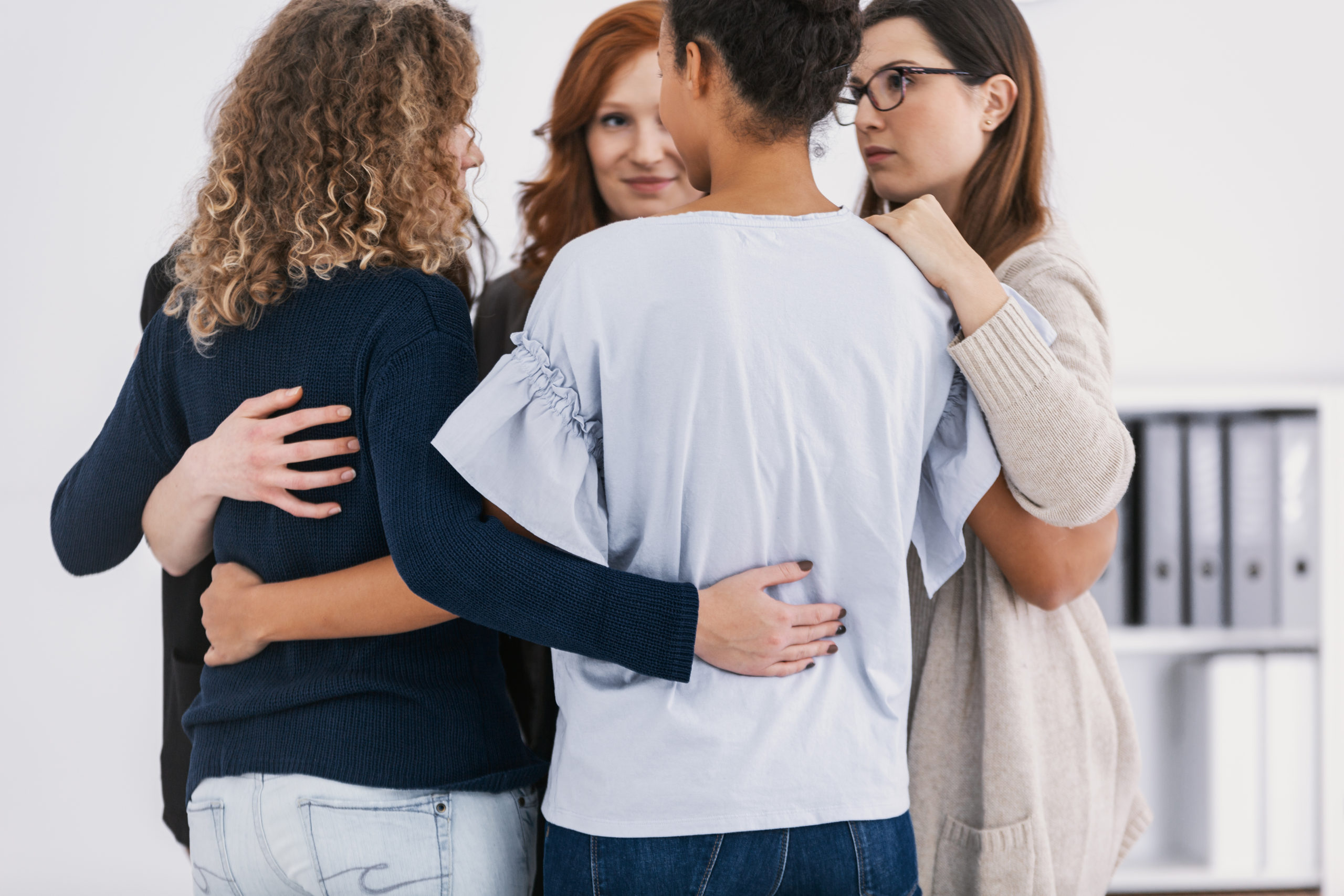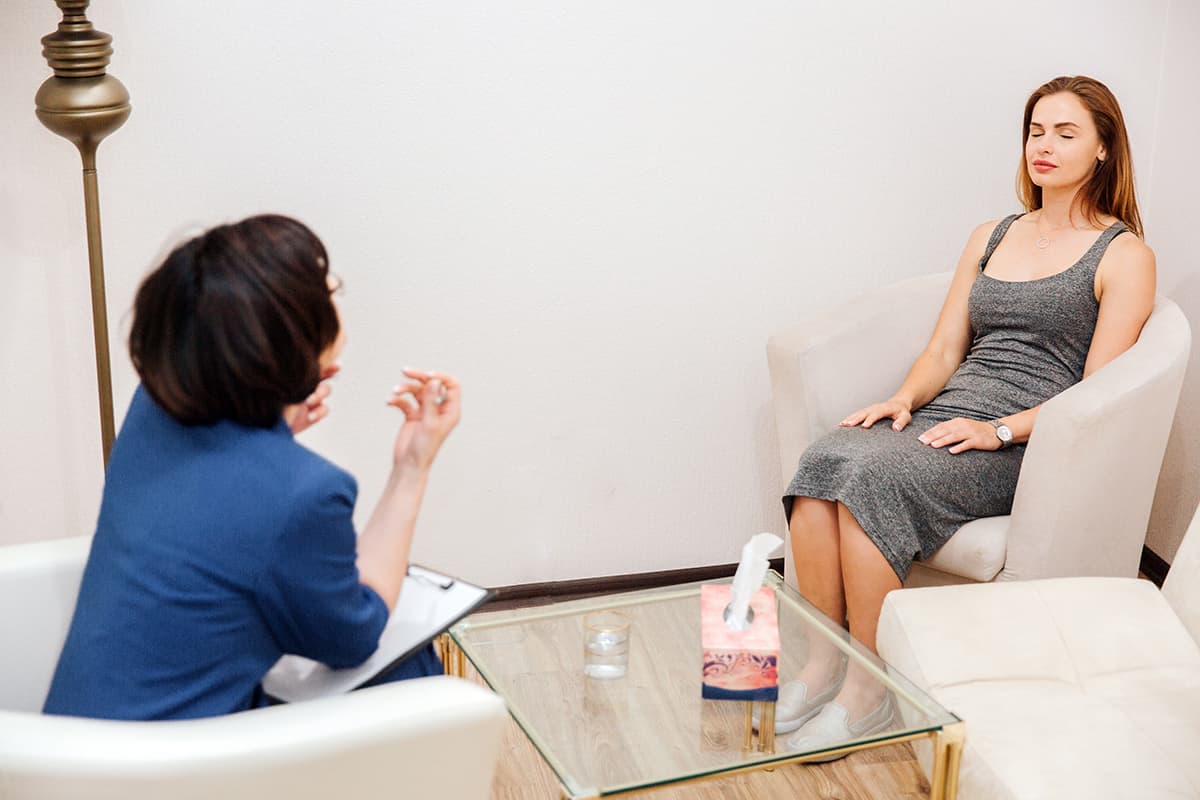

By: Lakeview Health
Let’s go inside Lakeview Health to see what this therapy is all about.
I’m a lead therapist here at Lakeview Health addiction treatment center in Jacksonville, Florida. We specialize in gender-responsive treatment, or GRT. We find this type of therapy to be especially effective for both men and women living with addiction. With this blog post, I’ll offer several reasons why.
What is GRT?
In gender-specific treatment, you have separate facilities—one for women, one for men. But the gender split runs through everything, from the design of our physical environment to the programming to the issues covered during therapy sessions. At Lakeview Health, men and women even have their own cafeterias, and they’re designed totally differently (more on that in a second).
In the rooms where it happens
At our facility and other leading GRT-based centers, new patients realize the design customization as soon as they come in the door. From the wall colors and furniture style to room arrangements and bathroom design, you immediately get a feeling of calm, welcoming comfort. People are treated like the unique individuals they are, and their surroundings reflect that.
In our women’s residence, for example, there’s even a spa. This communal area allows women to bond and socialize in a way they often don’t get to when they’re in active addiction. It also promotes self-care—another important habit that gets neglected.
More than a place to eat
In a well-designed GRT rehab facility, cafeterias are key, and ours are no exception. In the men’s cafeteria, picture this: sports bar vibe, bold colors, modern design, and a big-screen TV. Only difference? No drugs or alcohol, so our guys get used to being in this fun, social environment without the bad substances in their bodies.
In the women’s cafeteria, pastel colors rule, along with super-comfy chairs, picnic table-style eating, and lots of natural light. The food is tasty and nutritious in both cafeterias!
It’s true about the Venus and Mars thing
In addiction therapy, men and women often take different approaches, and they respond differently as well. The GRT setup—with gender separation and customization—accommodates nicely for that.
Case in point: In my years as a therapist, I’ve noticed that women tend to be warier than men of therapy in the beginning. They’re more tentative. They keep things closer to the vest.
One way this plays out is with the curriculum materials they receive. Patients are supposed to keep their own binder for these, which can also hold their notes and other important handouts. I’ve found that women can sometimes be very particular about keeping their binders organized and updated. I’ve always thought this may be an extension of, or symbolic of, their desire to maintain more control over their surroundings and treatment.
Men, on the other hand, are more apt to downplay the binders, and they sometimes open up to the idea of therapy more quickly. It’s like the old “I don’t need the map to find our destination, dear” thinking, but in this case, it often works out fine. They usually get where they need to go!
My point here is this: The abovementioned gender tendencies, and many others besides, are easier to work with in a GRT-based setting. We can tailor our strategies and conversations to account for the differences, and sessions tend to be more productive because of it.
Peer relationships are more constructive
A good way to explain this peer phenomenon is to go inside a therapy session dealing with trauma. (Note: It is very common for men and women with addiction to have had at least one traumatic experience in their past.)
When I worked in a non-GRT setting a while back, men and women were often together in these trauma-related sessions. If a woman brought up her past trauma at all, the reaction of the men in the session was often to jump in and try to “protect.” They would say things like “I can’t believe he would do that, you seem so nice,” or “I wish I could fight the guy who did that to you.” This was sweet, but it tended to sidetrack the conversation, or even stop the woman from continuing. Which, of course, was not therapeutic.
Whereas, in a gender-divided GRT setting, that woman would be more likely to continue her story with less distraction, and ultimately get more out of the therapy session.
I don’t mean to imply that men are always the disrupters in group sessions. Women sometimes do that to men as well. In my experience, the reality of a mixed-gender setting is that tensions, disconnects, and miscommunications simply arise more often than they do in same-sex, GRT-based sessions.
That said! There are plenty of times in a mixed-gender therapy session when that different perspective from the opposite sex is a good thing. It can be enriching, enlightening, and entirely constructive. There’s definitely a place for it in addiction treatment.
Here’s where GRT works especially well for men
When I look in on group sessions with men, or lead them, I notice certain areas where GRT-based programming can really help. These include:
Communication: Men are not always great at expressing what’s going on with their personal lives, addictions, and recoveries. In a men-only session, they tend to open up more, with less shame or worry about being judged.
Identity: Men often feel a lot of pressure to be breadwinners, to have things under control, to be competent leaders at work, and so on. In a therapy session where there’s less pressure to prove that they are all these things, men are more likely to sit back, listen, and learn.
Peer relationships: I’ve seen many great friendships start in men-only therapy sessions. It’s often easier for men to be themselves, without the posturing, which allows them to get to know each other better. Having trusted peers while you’re in treatment can be a huge help to your recovery.
Possibly GRT’s biggest sweet spot
If you were to ask me what kind of person most benefits from gender-response therapy, here’s who I see in my mind’s eye: A young woman, probably early to mid 20s, who is not super happy to be in treatment. As soon as her detox ends and it’s time to start behavior therapy in earnest, she lets on that she is distrustful of women, and has never had many women friends.
When I hear that, I will sometimes say: “You know what? You may be exactly where you need to be right now.” That’s because these women often end up benefitting the most from a GRT setting. It can lead to newfound trust, mutual respect, and companionship in a place where they’ve never found it before.
Final thoughts on GRT
As you can tell, I’m sold on GRT as a therapeutic tool in addiction treatment. I’ve seen what it can do. But it doesn’t work for everyone, and it’s not the only way to achieve sobriety. I’m simply glad it’s a viable and growing option in the addiction treatment field. Please consider it if you or a loved one needs help with a drug or alcohol problem.





